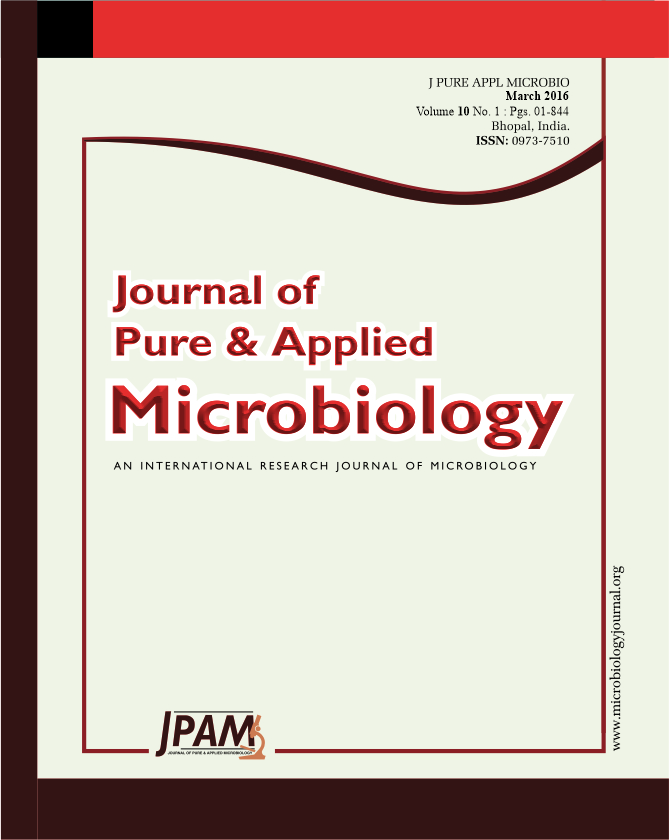Efficient biofilm forming PGPR is expected to perform better under field conditions due to enhanced root colonization and survival under stress condition. Therefore, in this study 14 isolates of Bacillus sp. were selected after random screening based on multiple plant growth promoting traits like phosphate solubilization, production of indole acetic acid, siderophore, HCN, ammonia, EPS and ACC deaminase activity. Biofilm formation was studied in vitro by using 96 well polystyrene plate. Based on in vitro biofilm formation these isolates were grouped as moderate and strong biofilm former. Two isolates of Bacillus subtilis (BD6 and BCH4) identified by 16S rRNA gene sequence analysis exhibited multiple PGP traits but differed in their biofilm forming capacity were evaluated for root colonization and biofilm formation on the root surface. Biofilm was characterized by scanning electron and confocal laser scanning microscopy. Colonization studies revealed that isolate BCH4 colonized wheat roots more strongly compared to BD6 and form a biofilm on the root surface. Inoculation response to wheat showed an increase in plant vegetative growth parameters compared to control in a pot culture assay indicating that BCH4 a strong biofilm former with multiple PGP traits may be considered for further development as bioinoculant.
Confocal laser scanning microscopy; Bacillus subtilis; Biofilms; PGPR; Triticum aestivum; 16S rRNA gene analysis; Root colonization.
© The Author(s) 2016. Open Access. This article is distributed under the terms of the Creative Commons Attribution 4.0 International License which permits unrestricted use, sharing, distribution, and reproduction in any medium, provided you give appropriate credit to the original author(s) and the source, provide a link to the Creative Commons license, and indicate if changes were made.


